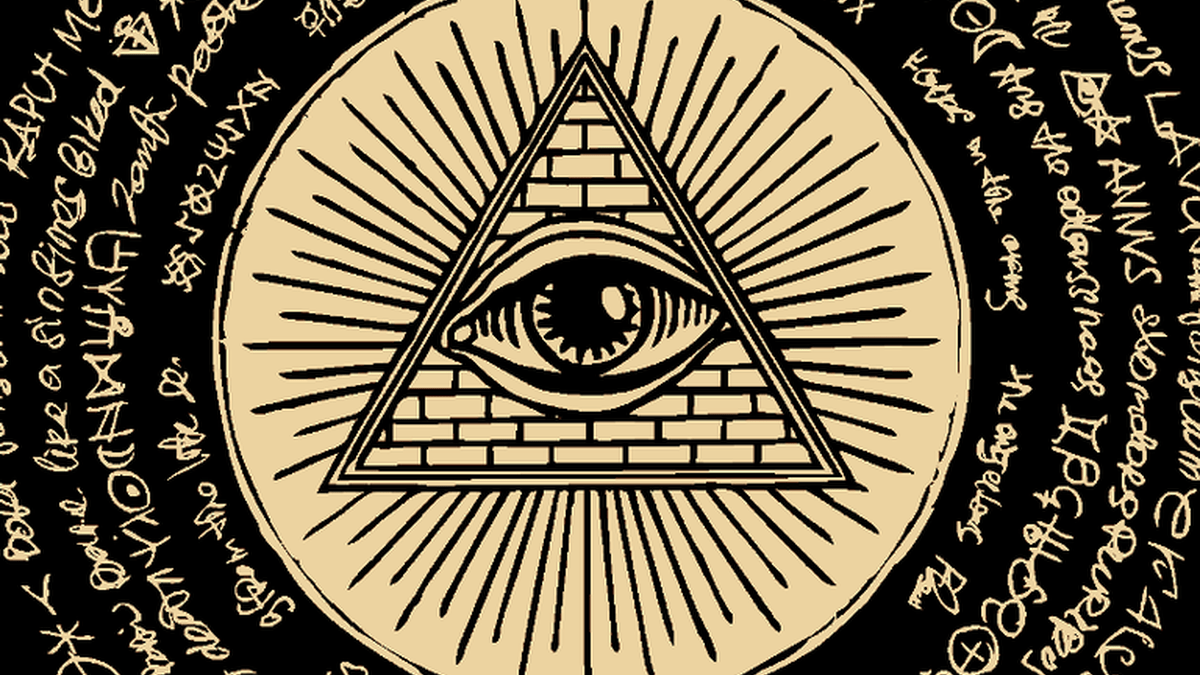Adverts
The Internet of Things (IoT) is revolutionizing the way we interact with the world around us. With increasing connectivity and the ability to collect and analyze data in real time, IoT is transforming cities into true “Smart Cities.” In this article, we will explore how IoT is driving the development of more efficient, sustainable, and connected cities.
Adverts
In a connected future, devices will be interconnected, sharing information and acting autonomously to improve citizens’ quality of life. Imagine a city where traffic lights automatically adjust to the flow of traffic, reducing congestion and improving urban mobility. Or, street lighting systems that adapt to weather conditions and the movement of people, saving energy and providing safety.
Additionally, IoT also has the potential to improve a variety of industries, including healthcare, security, waste management, and more. For example, monitoring sensors can collect data on air and water quality, enabling a quick and effective response to pollution or leaks.
Adverts
In this article, we will explore the benefits and challenges of IoT in building Smart Cities, as well as practical examples of how this technology is already being implemented around the world. Stay with us and discover how the Internet of Things is shaping the future of cities!
The Internet of Things (IoT) and the Smart City: A Connected Future
The Internet of Things (IoT) is a reality that is becoming increasingly present in our lives. With the interconnection of everyday devices and objects, such as household appliances, vehicles and even urban infrastructure, the concept of Smart City emerges. This new form of urban organization uses technology to improve citizens' quality of life, optimize resources and promote sustainable development.
Benefits of the Internet of Things in the Smart City
The implementation of IoT in cities brings a series of advantages and benefits to their inhabitants. Below, we highlight some of the main ones:
1. Greater energy efficiency: IoT enables real-time monitoring and control of energy consumption, enabling waste to be identified and measures to be implemented to reduce it. This results in more efficient use of energy resources, helping to preserve the environment and reduce costs for citizens.
2. Improvement in urban mobility: With IoT, it is possible to create intelligent transportation systems, such as connected traffic lights and parking lots, that adapt to traffic needs in real time. In addition, the use of sensors in vehicles and on roads allows the collection of traffic data, enabling the creation of more efficient routes and the identification of congestion points.
3. Increased security: IoT enables the monitoring and control of security cameras, motion sensors and alarms, making cities safer. In addition, real-time data collection makes it possible to identify incidents and take immediate action, such as activating emergency teams.
4. Improvement in quality of life: With IoT, it is possible to create smart public lighting systems that adapt to the presence of people, saving energy. In addition, the use of sensors and connected devices allows monitoring of air, water and noise quality, enabling the identification of problems and the implementation of solutions to improve the quality of life of citizens.
5. Promoting sustainability: IoT enables the monitoring and control of selective waste collection systems, enabling collection optimization and increased recycling. In addition, the use of sensors in buildings allows intelligent control of water and energy consumption, contributing to the preservation of natural resources.
In short, the Internet of Things in Smart Cities brings countless advantages to citizens, promoting greater efficiency, safety, quality of life and sustainability. With the advancement of technology and the increasing adoption of IoT, we can expect a connected future, where cities will be true smart ecosystems, capable of providing a better living experience for all their inhabitants.
Conclusion
In short, the Internet of Things (IoT) and the Smart City are indisputably interconnected and promise a connected future where technology will play a fundamental role in improving people's quality of life.
IoT enables physical devices to be connected to the internet, enabling the exchange of information and remote control of these objects. In smart cities, this technology is used to optimize various aspects, such as energy management, public transportation and security. Sensors and connected devices collect data in real time, enabling more accurate and efficient decision-making by authorities and companies.
With a good SEO strategy, it is possible to promote the visibility of these technological solutions, ensuring that the information reaches the interested public. In addition, readability of the content is essential for people to easily understand the advantages and challenges of IoT and smart cities.
Transition words, such as “in addition,” “on the other hand,” and “finally,” help the text flow and indicate the progression of ideas. These words are important for both SEO and text readability, as they help organize information in a clear and coherent manner.
In short, the connected future promised by IoT and Smart Cities brings with it numerous benefits, such as reduced energy consumption, improved urban mobility and greater security. However, it is important that challenges related to privacy and information security are addressed and resolved appropriately.
Therefore, integrating these technologies into our cities requires a joint effort by governments, companies and citizens, always seeking a balance between technological innovation and respect for individual rights. With an efficient SEO strategy and readable, well-structured content, it is possible to disseminate information about IoT and smart cities, sparking public interest and awareness about this connected future.




